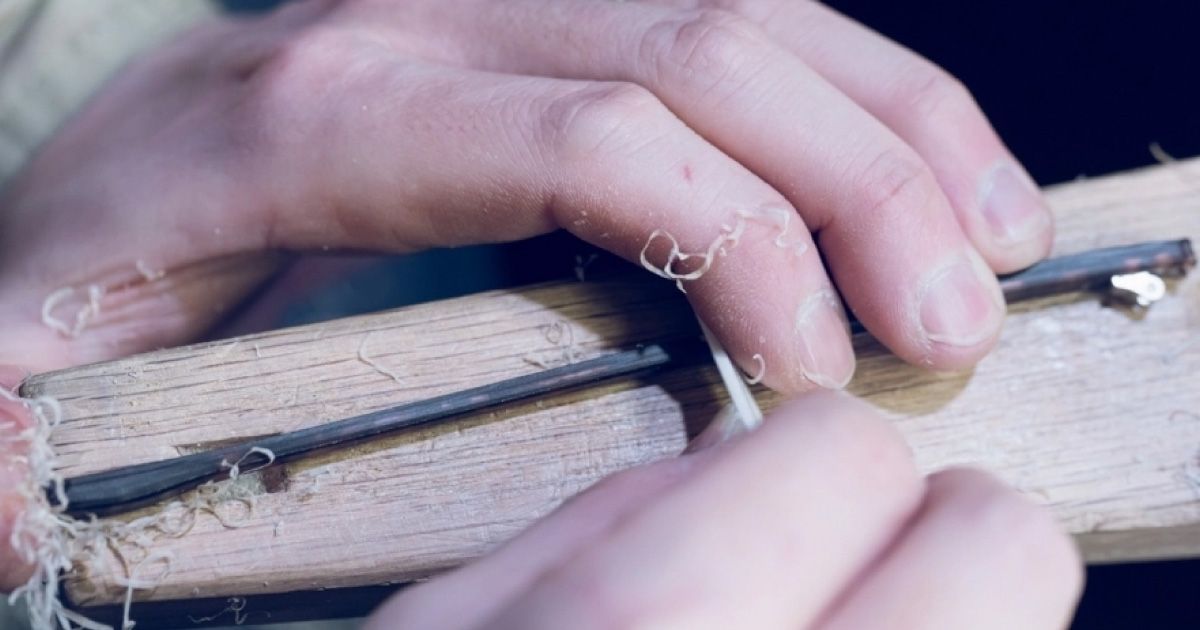Contacts vs. Glasses - Which Comes Out on Top?

Read time: 5 minutes
See the Differences Clearly
For many people, the decision between contact lenses and glasses comes down to personal preference. However, there are several factors to consider before making a choice, such as lifestyle, budget, and eye health. Here are some pros and cons of both contact lenses and glasses to help you choose the right vision correction method for your unique needs.
A Brief History of Eyewear
Eyeglasses have a fascinating history that dates back centuries
The idea of using lenses to improve vision can be traced back to ancient times. Around the 1st century AD, the Roman philosopher Seneca mentioned using a glass globe filled with water as a magnifying device. However, the concept of eyeglasses as we know them today began to emerge in the 13th century.
In the early 1200s, scholars in Italy experimented with glass lenses to aid reading. These early lenses, known as "reading stones," were either placed on top of the text or held in the hand to magnify the letters. The invention of eyeglasses is often credited to an Italian monk named Friar Alessandro della Spina, who was the first to make wearable eyeglasses with lenses held in frames.
The 20th century brought significant advancements in eyeglass technology. In the early 1900s, lightweight metal frames, such as those made from titanium and aluminum, became popular. Additionally, the invention of plastic lenses made eyeglasses more affordable and accessible to a wider range of people.
Today, eyeglasses continue to evolve with the introduction of new lens coatings, lightweight materials, and advancements in lens technology, such as progressive lenses that correct multiple vision problems in one lens.
The history of contact lenses is an interesting journey that spans several centuries
The concept of placing a lens directly on the eye to improve vision has evolved significantly over time. The idea of using a small lens on the eye to correct vision can be traced back to the late 16th century. In 1508, Leonardo da Vinci sketched a design for what could be considered a rudimentary contact lens. However, it wasn't until the 19th century that significant progress was made. In the 1800s, lenses were shaped to fit the cornea and could be tolerated for a short period. However, they were difficult to wear for extended periods due to their rigidity.
The breakthrough for more comfortable and wearable contact lenses came in the 20th century. Further advancements in contact lens technology occurred in the 1960s and 1970s. In the 1980s, the introduction of disposable contact lenses made it easier for people to use them without the need for constant cleaning and maintenance.
Today, contact lenses are available in a wide range of options, including daily disposable, extended wear, toric (for astigmatism), and multifocal lenses. They have become a popular alternative to eyeglasses, offering convenience, improved vision, and the freedom to engage in various activities without the hindrance of spectacles.
The history of contact lenses demonstrates the remarkable progress made in improving vision correction and enhancing the quality of life for millions of people worldwide.
Let's Take a Look at Glasses
Glasses are a popular and traditional option for vision correction, and for good reason. They're easy to use, low maintenance, and come in a wide variety of styles to fit your personal taste. Eyeglasses have become not only a vision correction tool but also a fashion accessory. The availability of various frame styles, colors, and materials allows individuals to express their personal style while improving their vision. Additionally, glasses can offer added benefits such as protection from harmful UV rays and blue light.
However, there are also some downsides to glasses. For example, glasses can be cumbersome during physical activity, and they can fog up in certain conditions. Additionally, some people find glasses to be uncomfortable or aesthetically unappealing. In terms of eye health, glasses are generally a safe option, although they can put pressure on the nose and ears over time.
Contact Lenses
Now, let's turn our attention to contact lenses. Contact lenses offer several advantages over glasses, particularly when it comes to convenience and appearance. They allow for a wider field of vision, don't interfere with physical activity, and aren't affected by weather conditions. Additionally, contact lenses can provide a more natural look, particularly for people who don't want to be seen wearing glasses.
However, there are also some potential drawbacks to consider with contact lenses. For example, they require more upkeep and maintenance than glasses, including regular cleaning and replacement. Additionally, contact lenses can be more expensive than glasses over time, particularly if you opt for daily disposable lenses. Finally, contact lenses can pose certain risks to eye health if they're not used properly or if they're worn for extended periods of time.
Which One is Right For You?
In conclusion, the choice between contact lenses and glasses ultimately depends on individual preferences, lifestyle, budget, and eye health considerations. Both options have evolved significantly over time, with eyeglasses offering a wide range of styles and advancements in lens technology, while contact lenses provide convenience, a natural appearance, and unhindered engagement in activities. Understanding the pros and cons of each, and talking with your eyecare professionals at Urban Optiks Optometry, can help you make an informed decision and find the right vision correction method that suits your unique needs. Whether you opt for the timeless elegance of eyeglasses or the freedom of contact lenses, the goal remains the same: to see the world around you with clarity and comfort. Or get both!
Share this blog post on social or with a friend:
The information provided in this article is intended for general knowledge and educational purposes only and should not be construed as medical advice. It is strongly recommended to consult with an eye care professional for personalized recommendations and guidance regarding your individual needs and eye health concerns.
All of Urban Optiks Optometry's blog posts and articles contain information carefully curated from openly sourced materials available in the public domain. We strive to ensure the accuracy and relevance of the information provided. For a comprehensive understanding of our practices and to read our full disclosure statement, please click here.


















